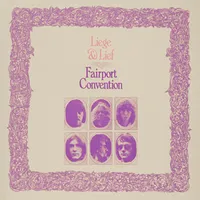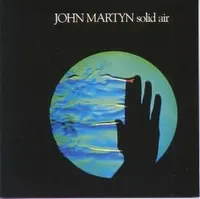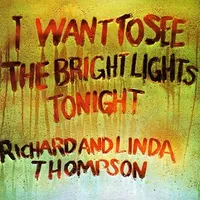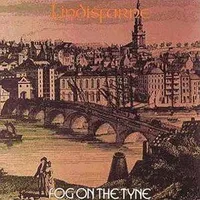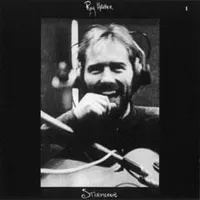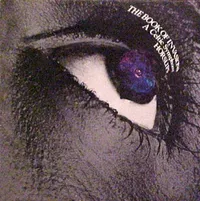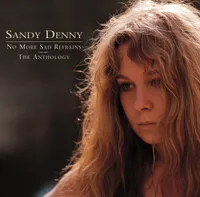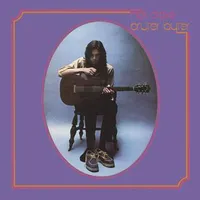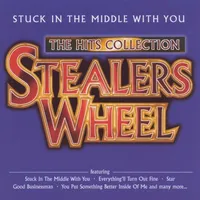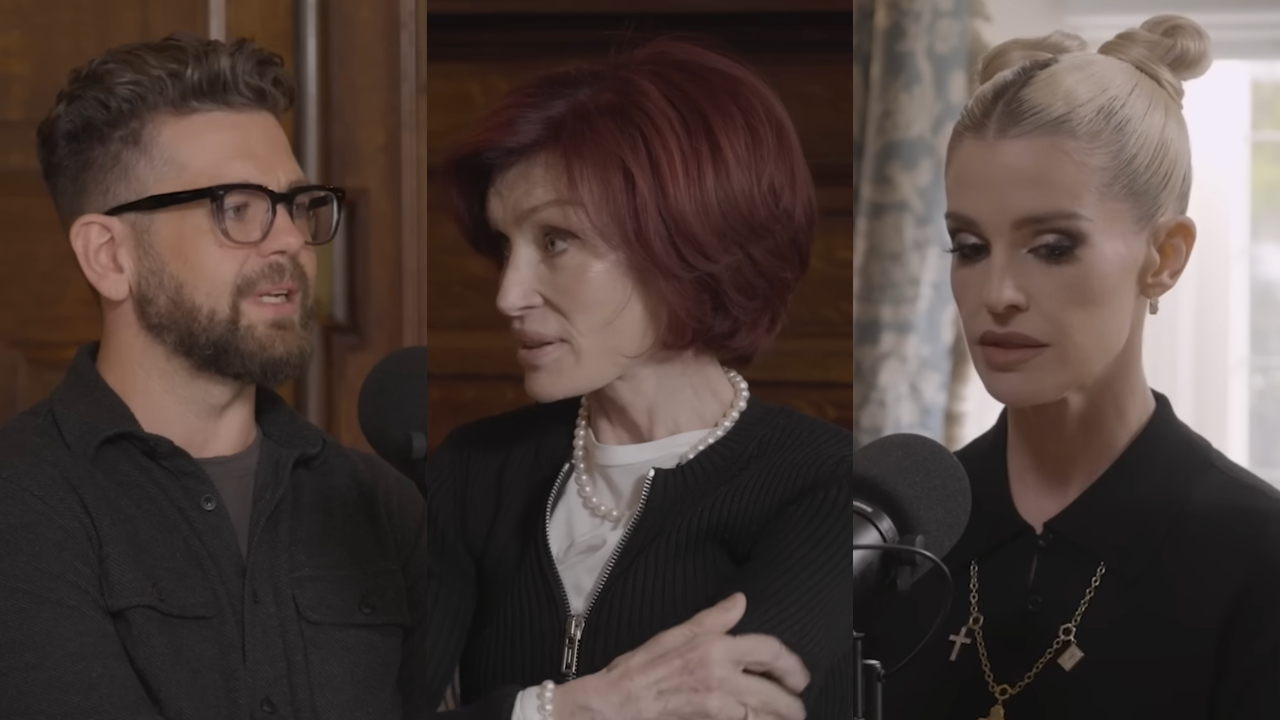10 Folk Rock albums you should definitely own
There's much more to folk rock than its hey nonny nonny roots, as Jimmy Page will attest. These ten essential albums prove it
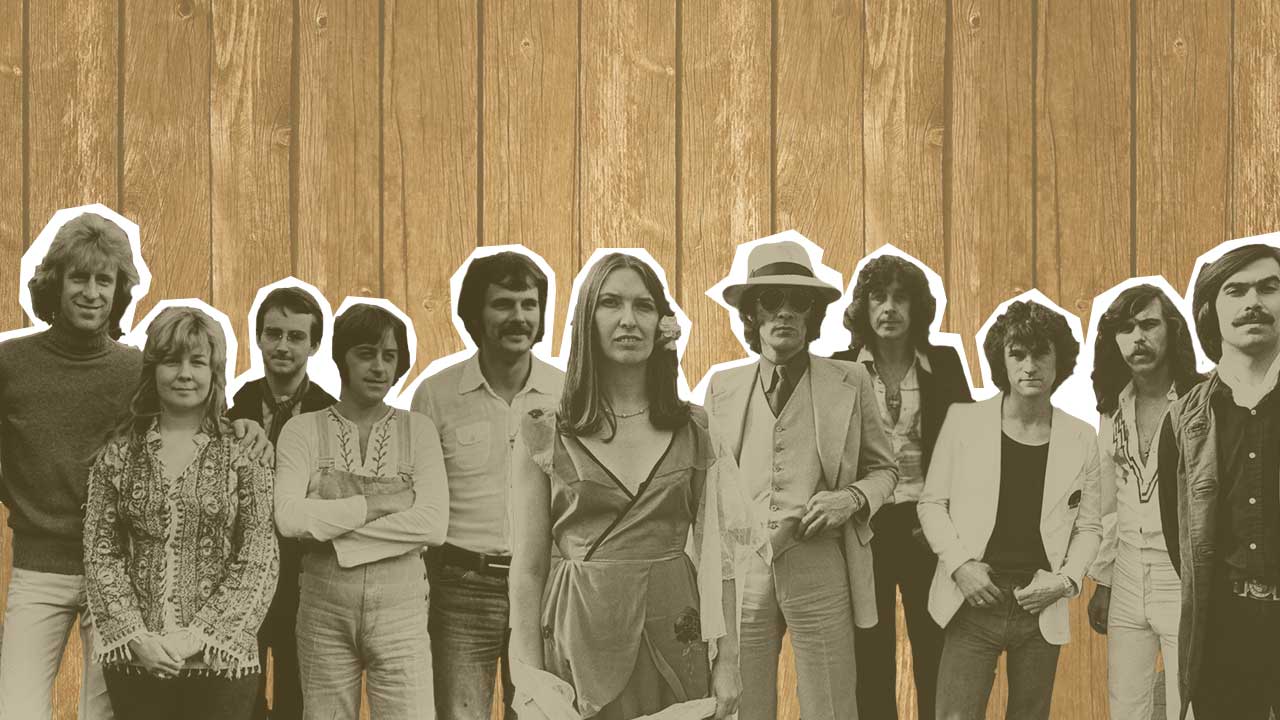
Rock musicians spent half the 1960s nicking ideas off the folkies. You only have to take a brief listen to Jimmy Page’s Black Mountain Side instrumental on Led Zeppelin’s 1969 debut alongside folk guitarist Bert Jansch’s Black Water Side (see what he done there?) on his 1966 album, Jack Orion, to realise that they are even closer than the (not so) subtle title change suggests.
Fast forward to Led Zeppelin III and that’s folk rock you’re listening to on Gallows Pole – a traditional folk song given the rock’n’roll treatment. And who’s this bloke Roy Harper they’re taking their hats off to on the last track? Some renegade folkie they’ve adopted, that’s who.
The folk scene had remained suspicious of rock music. Even young Turks like Bert Jansch, John Renbourn and Ralph McTell were wary of ‘selling out’. When Donovan broke cover and shot up the charts with Catch The Wind in 1965, the traditionalists denounced him as a traitor. They were also pretty sniffy when Jansch and Renbourn became part of the Unplugged-style folk supergroup Pentangle a couple of years later.
It needed a rock group to put the rock into folk rather than vice versa. That band was Fairport Convention. They’d built up a name on the underground scene with their covers of (then unknown) Joni Mitchell, Leonard Cohen and Bob Dylan. But singer Sandy Denny had already paid her dues on the folk circuit and when they recruited folk fiddle player Dave Swarbrick the die was cast.
Their 1969 album, Liege & Lief, laid down the folk rock template for the decade that would follow. Other bands soon took advantage, although there was an incestuous element at play (in the studio, not the bedroom, gutterbrain. Mind you, come to mention it…): Fairport begat Fotheringay, Richard & Linda Thompson and Steeleye Span who begat the Albion Band and so on. But some bands, like Lindisfarne, seemed to have been waiting in the wings for the call.
Led Zep were not the only rock band partial to a bit of folk either. Steve Winwood took a fancy to the trad ballad of John Barleycorn after the demise of Blind Faith, a solo project that became a new Traffic album called John Barleycorn Must Die. And even though they weren’t going back and cobbling the source material, Jethro Tull were clearly influenced by the folk rock sound.
Once the precedent was set, other folk singers began to cross over: John Martyn, Roy Harper, Nick Drake, Michael Chapman, Al Stewart. They brought their own material to the burgeoning singer-songwriter movement, but it was folk rock that paid their ticket.
Sign up below to get the latest from Classic Rock, plus exclusive special offers, direct to your inbox!

Richard & Linda Thompson - I Want To See The Bright Lights Tonight (1974)
<p>Richard Thompson left Fairport Convention when he realised his songwriting had got lost in the band’s new folk rock format. He married Linda and then married British folk to American country to give folk rock a new twist. <p>Linda’s voice is the perfect foil for Richard’s still-developing vocal style on <em>I Want To See The Bright Lights Tonight. But his controlled, angular guitar style is already well-developed and hones the dark edged lyricism on carefully crafted songs like <em>When I Get To The Border and <em>Cavalry Cross.Stealers Wheel - Stuck In The Middle – Hits Collection (1998)
<p>If Stealers Wheel hadn’t been so busy breaking up before, during and after each of the three albums they released in the early 70s they could have been Britain’s answer to Crosby Stills & Nash. Scots duo <a href="https://www.loudersound.com/features/gerry-rafferty-the-man-who-hated-the-music-business">Gerry Rafferty and Joe Egan had a peerless sense of harmony and melody and an understated yet compelling style. <p>The Tarantino-revived <em>Stuck In The Middle With You may be their only hit but it has to fight for its place on this collection with other songs that, though less catchy, do have a deeper appeal – particularly to alt-country fans.Hugh Fielder has been writing about music for 50 years. Actually 61 if you include the essay he wrote about the Rolling Stones in exchange for taking time off school to see them at the Ipswich Gaumont in 1964. He was news editor of Sounds magazine from 1975 to 1992 and editor of Tower Records Top magazine from 1992 to 2001. Since then he has been freelance. He has interviewed the great, the good and the not so good and written books about some of them. His favourite possession is a piece of columnar basalt he brought back from Iceland.
